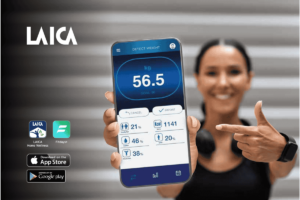Overview
Last Monday, JAMA Internal Medicine published a study revealing that inaccurate pulse oximeter readings precipitated racial disparities in oxygen supplementations for severely ill patients.
Note that this is not the first incident. Previous research demonstrated the inaccuracies of these readings in patients with darker skin. The main problem is reporting higher oxygen saturation, which deprives these patients of oxygen supplementation and masks hypoxemia.
The study concluded that Black, Asian, and Hispanic patients were at a higher risk of getting less oxygen supplementation due to the faulty readings of these devices.
In this article, we will cover the details of the JAMA study, including some of the ways to resolve these disparities.
Pulse oximeter reading discrepancies and patient care
Despite the number of studies that flagged faulty readings of pulse oximeters in people with darker skin, none of them assessed their effects on patient care.
In this study, researchers analyzed the data of 3,069 patients who got admitted to the ICU. The clear difference between Caucasians and people of color is oxygen supplementation. Objectively, Asian, Black, and Hispanic patients had large discrepancies between readings on pulse oximeters and oxygen saturation measured by blood tests.
Researchers expressed their concerns about these disparities as they not only impact oxygen supplementation but also other clinical decisions, including:
- Fluid management
- Specialty consultations
- ICU admission
To emphasize these concerns, researchers stated that “artificially high [oxygen saturation] readings in the emergency department could affect the perceived need for cardiology service admission for heart failure management, possibly explaining the finding that Black and Hispanic patients were less likely than white patients to be admitted to a cardiology service.”
While the study did not specify the impact of these faulty pulse oximeter readings on mortality, the authors said that undetected hypoxemia is one of the main causes of high mortality rates.
Last year, a study published in the New England Journal of Medicine discussed the problem of racial disparities in pulse oximeter readings. As a result, the Food and Drug Administration (FDA) issued a safety communication.
The investigation found that high levels of melanin and other pigments on the skin surface can interfere with light absorption and scattering. The FDA stated that these readings become even less accurate when oxygen saturation is below 90%.
Recently, the FDA expressed its plans to hold public meetings with healthcare providers and patients. The goal of these meetings is to educate different parties about pulse oximeter disparities, as well as the information that should be provided by manufacturers.
It is important to mention that these findings only consider FDA-approved oximeters. For over-the-counter pulse oximeters, their accuracy may be even worse.
Takeaway message
Faulty oximeter readings can lead to undetected hypoxemia, which is associated with a higher mortality rate. Relying on these devices to provide patient care can negatively impact the prognosis of Asian, Black, and Hispanic patients.
Hopefully, this article managed to shine some light on this crucial matter and its potential impact on healthcare.
For any questions about today’s topic, feel free to reach out to us via this link contact us






